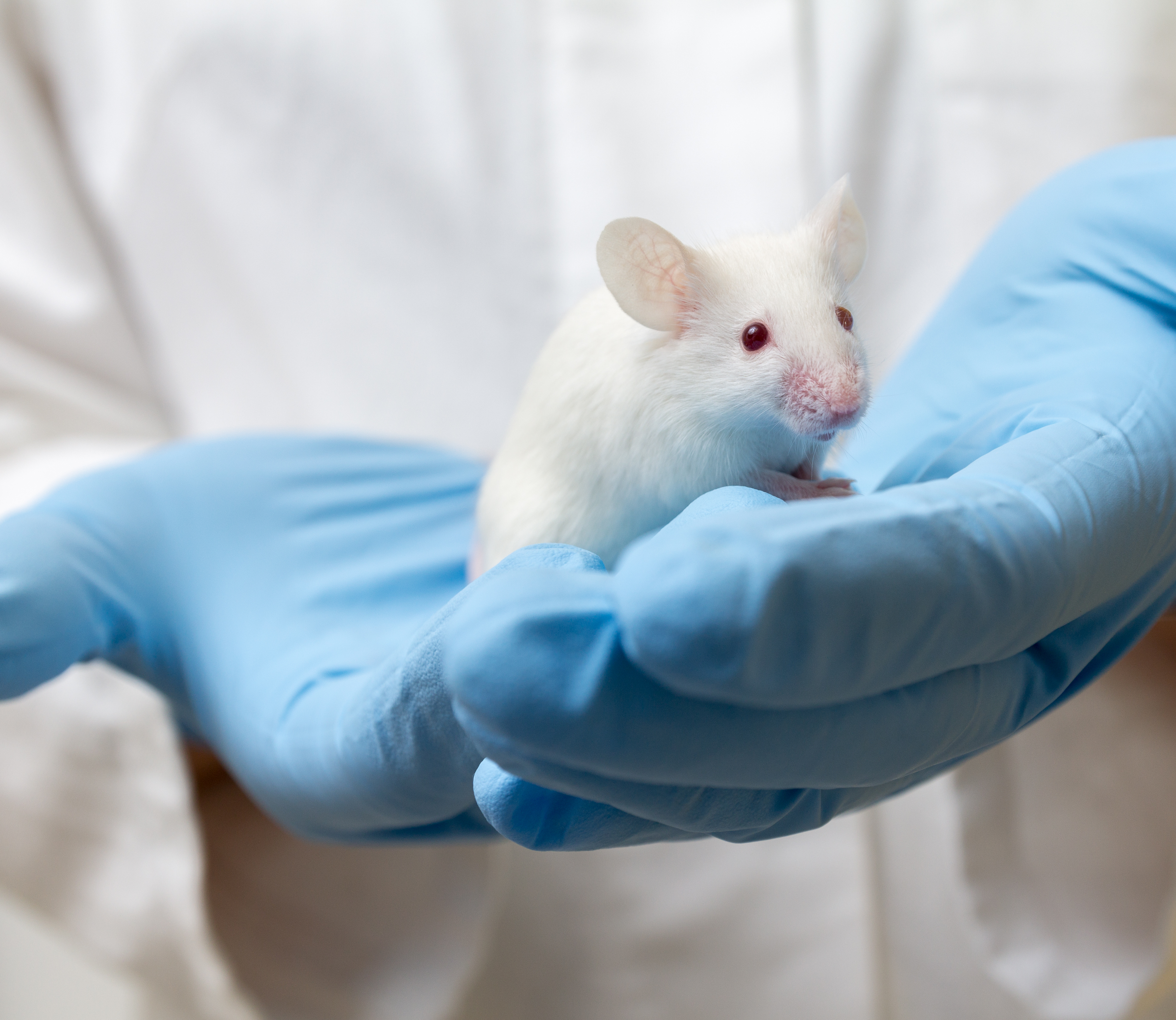A newly published paper in the Scientific Reports journal entitled “Vagotomy attenuates bleomycin-induced pulmonary fibrosis in mice” suggests that activation of the pair of nerves emerging from the brain that control the heart and digestive tract (so called, vagus nerve) enhances pulmonary fibrosis (PF), and that surgically removing part of that nerve, a process called vagotomy, results in diminished PF in a mice model.
Pulmonary fibrosis is a respiratory disease characterized by formation/accumulation of excess fibrous connective tissues in the lungs. The process is similar to scarring in response to injury and the resulting deposited tissue thickens the lung walls, leading to restricted oxygen supply to the blood. Consequently, patients with PF may experience various symptoms including shortness of breath, coughing, chest pain, fatigue, and weight loss due to lack of appetite. Pulmonary fibrosis affects an average five million people worldwide and there is no cure for the damage and scars produced in the lung due to the disease.
Various factors are believed to cause PF. These include viral/bacterial infections like tuberculosis, pollutants like cigarette smoking, radiation therapy to the chest, autoimmune disorders, and certain medications such as bleomycin. With respect to medications, bleomycin, which is a powerful antitumor/antibiotic utilized to treat cancer related diseases, is believed to prevent the creation of DNA, which results in significant physiological and biochemical modifications that leads to formation of PF.
Recent studies suggest that the vagus nerve plays an important role in various pulmonary disease processes and may directly/indirectly be involved in the formation of PF. In this new study, 50 mice with dysfunctional left or right vagus nerve were isolated and vagotomy was performed in order to remove part of the nerve. The mice were left to recover for a period of 2 weeks then bleomycin treatment was administrated. Afterwards, analyses were performed and the result showed that removing part of the nerve via vagotomy influences and regulates formation of PF. This was notably observed in reduction of the deposited collagen as well as a decrease in structural destruction in lung tissue.
In summary, the present investigation offers new insights into the mechanism of lung injury, repair and formation of fibrosis. The data demonstrate that removing part of the nerve improves formation of PF due to bleomycin medication. Nevertheless, these data have to be analyzed carefully because fibrosis in mice model resolves, which is not the case in humans. Consequently, the authors suggest that further verifications are required to figure out if the present model is useful to human patients suffering from PF.


In this passed year I have been diagnosed with pulmonary fibrosis, diverticulitis and now gastroparesis. I have been having pain in my neck on the left side near the carotid artery. I cannot help to think that this is all correlated since it all has happened within this same short period. I have had GERD for years and have taken omeprazaole for years. I am a mild diabetic for over 10 years taking Metformin 500 mg. bid. My last A1C was 6.0. Since no one knows the cause of the PF, do you think this could all be connected? This all started with gout in Jan. of 2018 and was placed on Allopurinol for life and Colchicine for 6 months. Not taking either now. Never did have a high Uric Acid. Looking for anyone to give some advice or help.